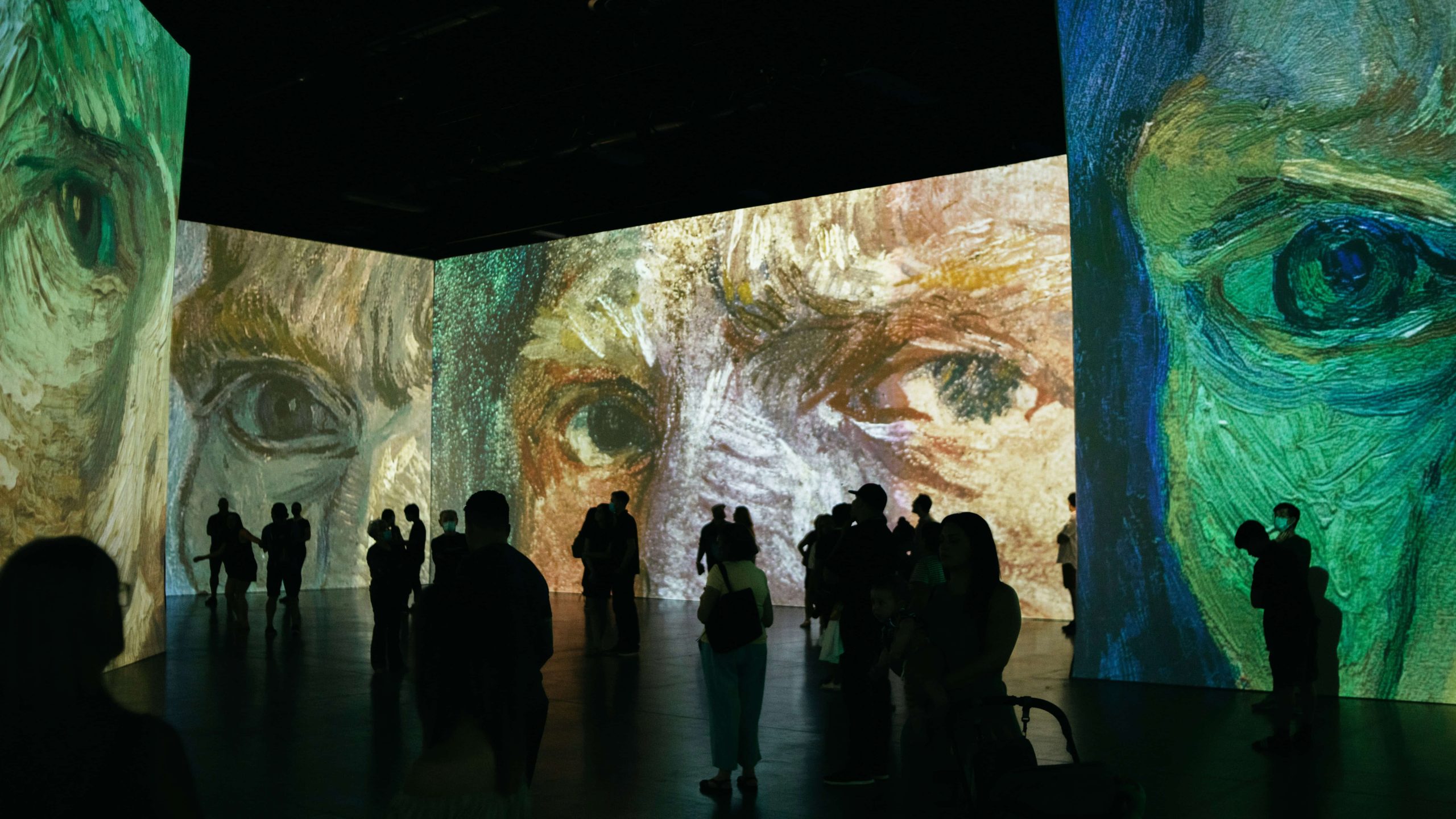
19 Apr Monetizing Digital Art Exhibitions
Monetizing Digital Art Exhibitions: Strategies for Success
In the contemporary art world, the emergence of digital art exhibitions has ushered in a new era of creativity and accessibility. However, alongside this innovation comes the challenge of monetization in the digital space. In this article, we will explore effective strategies for monetizing digital art exhibitions to ensure their sustainability and success.
Digital art exhibitions have seen a remarkable rise in popularity in recent years. With advancements in technology, artists now have the opportunity to showcase their work to a global audience without the limitations of physical spaces. Despite this newfound reach, the challenge of monetization persists. Unlike traditional art exhibitions, digital platforms require innovative approaches to generate revenue streams.

Strategies for Monetization
Sales Opportunities
- Digital Art Sales:
- Digital art can be monetized through the sale of originals or high-quality prints.
- When pricing digital art, factors such as artist reputation, edition size, and uniqueness of the piece should be considered.
- Merchandise Sales:
- Merchandise featuring artwork from the exhibition can be sold to enthusiasts.
- Examples of merchandise include prints, clothing, and accessories adorned with digital art.
Sponsorship Opportunities
- Benefits for Sponsors:
- Sponsors can benefit from brand exposure and increased audience reach by supporting digital art exhibitions.
- Examples of benefits include logo placement, social media mentions, and access to the exhibition’s audience.
- Finding Sponsors:
- Strategies for finding sponsors include reaching out to companies aligned with the exhibition’s theme or audience demographics.
- Building relationships with potential sponsors through personalized pitches and networking can increase sponsorship opportunities.
Virtual Ticketing
- Paid Access to Exclusive Content:
- Offering paid access to exclusive content provides an additional revenue stream.
- Exclusive content may include artist talks, behind-the-scenes features, or virtual tours.
- Tiered Ticketing System:
- Implementing a tiered ticketing system with varying access levels can cater to different audience preferences.
- Benefits of a tiered system include increased revenue and the ability to offer customized experiences to attendees.

Conclusion
In today’s rapidly evolving art landscape, digital art exhibitions stand as beacons of innovation, breaking barriers to physical space and granting artists unprecedented global exposure. However, the challenge of monetization looms large in this digital realm. To address this, our exploration has unveiled a toolkit of strategies: from leveraging sales opportunities like digital art and merchandise sales to forging symbiotic sponsorship arrangements and implementing virtual ticketing systems. By embracing these methods, digital art exhibitions can not only thrive but also pave the way for a financially sustainable future in the digital age.
Key Takeaways
- Digital Art’s Rising Popularity: Digital art exhibitions have surged in popularity, offering artists a global audience without physical constraints.
- Monetization Challenges: Despite accessibility, digital platforms pose unique challenges for monetization, requiring innovative approaches.
- Monetization Strategies:
- Sales Opportunities: Offer original art or prints for sale, along with merchandise featuring exhibition artwork.
- Sponsorship Opportunities: Seek sponsors aligned with the exhibition’s theme, offering benefits like brand exposure and audience reach.
- Virtual Ticketing: Provide paid access to exclusive content and implement tiered ticketing for customized attendee experiences.
- Conclusion: Digital art exhibitions represent innovation but face monetization hurdles. Strategies like sales, sponsorship, and virtual ticketing offer pathways to sustainability and financial success.
FAQs
How can digital artists effectively monetize their work?
Digital artists can monetize their work by selling digital art originals or prints, considering factors like reputation and uniqueness. Merchandise sales featuring exhibition artwork, such as prints and accessories, also contribute to revenue.
How does sponsorship contribute to the success of digital art exhibitions?
Sponsorship offers benefits such as brand exposure and audience reach. Finding sponsors involves aligning with relevant companies and building relationships through personalized pitches and networking.
What role does virtual ticketing play in monetizing digital art exhibitions?
Virtual ticketing creates revenue streams by offering paid access to exclusive content like artist talks and behind-the-scenes features. A tiered ticketing system caters to different preferences, increasing revenue and offering customized experiences.
Experience the intersection of creativity and diplomacy through captivating accounts of transnational art collaborations fostering cross-cultural dialogue.

